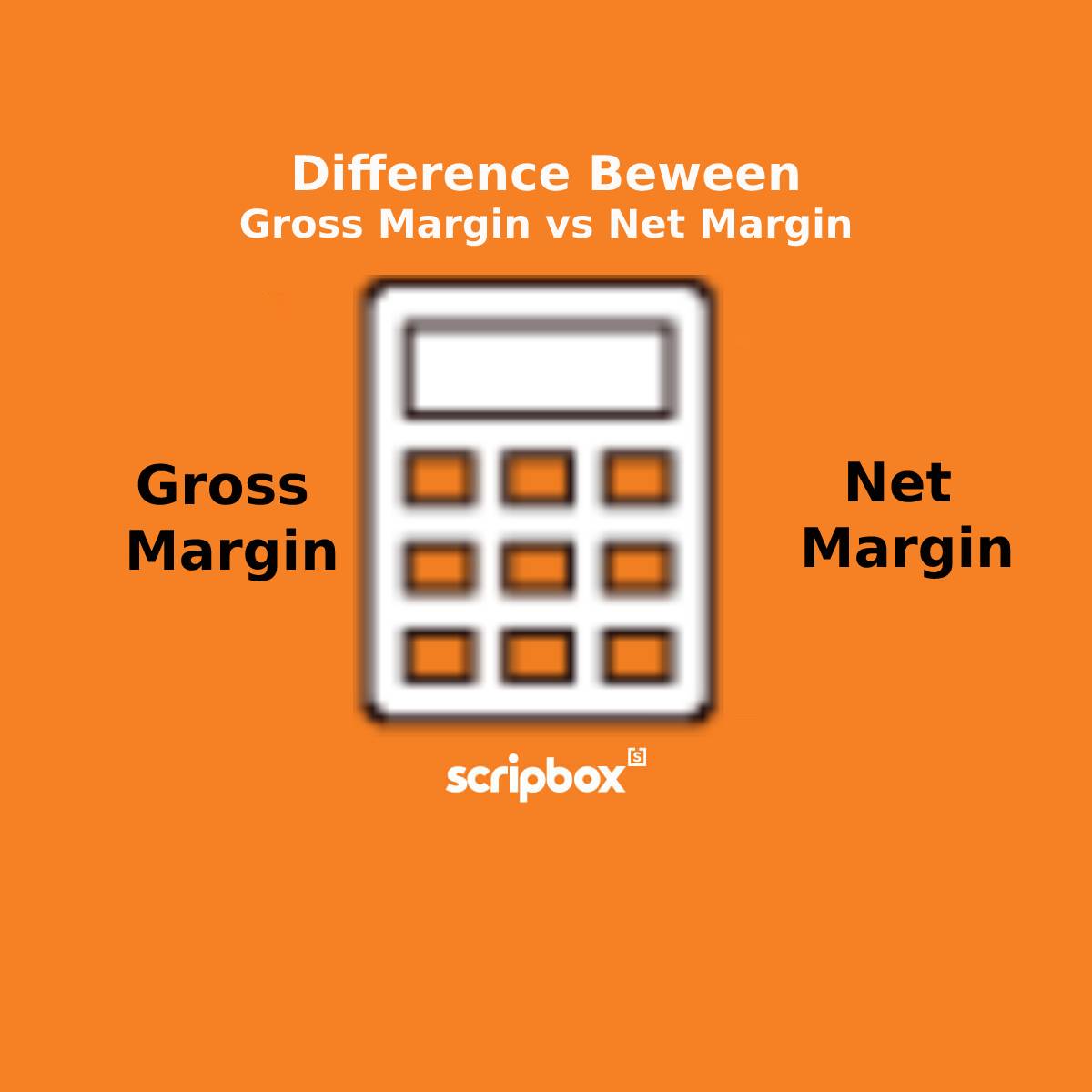What is Annual Return?
The annual return is the return an investment generates in a year. It is a percentage of the initial amount of investment. If the annual return is positive, the investment has generated profits. On the other hand, if the annual return is negative, the investment has generated a loss. The rate of return from an investment largely depends on the risks involved.
Annual Return Formula & Calculation
Annual Return = [(Ending Value/ Beginning Value) ^ (1/n)] – 1
Beginning value is the value of the investment at the beginning of the period.
Ending value is the value of the investment at the end of the period.
N – No. of years the investment is held
Let’s understand the calculation of Annual Return with the help of an example. For instance, Mr Anil buys ABC company stock at INR 250 on Jan 1st 2010. The price of the stock as of Dec 31st 2018 is INR 750.
The annual return from the investment is
[(750/250) ^ (1/8)] – 1 = 14.72%
Thus, Mr Anil’s annual return from ABC stock investment is 14.72%.
What is a Average Annual Return?
The average annual return (ARR) is the money earned from an investment during the investment tenure. A good average annual return should be higher than the interest rate one will earn by depositing in a bank. Investors often consider the average annual return from and investment and compare it with their peers before investing. For example, as part of the investment strategy, mutual fund investors review and compare the average annual return of mutual funds.
The average annual return is the percentage that represents a mutual fund’s historical average return. Often, the AAR is stated over three, five and ten years. Following are the three components that contribute to the ARR of a mutual fund:
- Appreciation in share price: Share price appreciation results from unrealised losses or gains in the underlying stocks in a portfolio.
- Capital gains: Capital gains distribution is a payment by the mutual fund. The mutual fund pays a portion of the proceeds from the sales of stocks and other assets.
- Dividends: Dividends paid from a company contribute to a mutual fund’s ARR. Also, it reduces the value of the fund’s Net Asset Value (NAV).
The average annual return is a helpful measure to determine an investment’s long term performance. A good average annual return is around 6% to 9%. However, for an aggressive and active investor, a good return is around 15% annually.
What is the difference between ROI and ROR?
Return on Investment (ROI) is a performance measure to evaluate the efficiency of an investment. Also, ROI helps in comparing the efficiency of a number of different investments. ROI measures the return from an investment relative to its investment cost.
Rate of Return (ROR) is the net loss or gain of an investment over a specified period of time. It is expressed as a percentage of decrease or increase over the investment’s initial cost.
Both ROI and ROR often serve the same purpose. They depict the percentage returns with regards to the investment capital. However, the difference lies in the cost or price of the transaction.
Let’s understand the difference with an example, Ms Leela purchases a stock at INR 50 and sells at INR 100. The respective returns are as follows:
Rate of Return
ROR = [(Current value – Initial value) / Initial value]*100
[(100-50)/50]*100 = 100%
Therefore, the rate of return for Ms Leela is 100%.
Return on Investment
Assume, cost of commission is INR 5 for buying and selling the shares
ROI = [(Current value – Initial value – commission cost) / Initial value]*100
[100-50-(2*5)/50]*100 = 80%
Therefore, the ROI for Ms Leela is 80%.
What is the company annual return?
The annual return is the return that an investment provides during the investment tenure. For a company, the annual return is the total yearly return of investment including interest, capital gains and losses. The annual return document contains details such as the company’s share capital, directors, shareholders, indebtedness, corporate governance, etc.
The annual return is the snapshot of the company’s information as of the close of the financial year. Companies are required to submit the annual return to the legal authorities as per the Companies Act, 2013. The annual report is an indication of the company’s financial position.
Also, in addition to the annual returns, companies must file income tax returns. Filing income tax returns is irrespective of income, profits or losses. Therefore, even dormant companies with no transactions are mandated to file income tax returns every year.
What is the best investment for monthly income?
Monthly income plans are an additional source of income. These plans are a saviour during unforeseen circumstances. Additionally, during retirement, one can rely on monthly income schemes. There are a variety of schemes that offer monthly income to their investors. Following are some of the best monthly income schemes are:
Post Office Monthly Income Scheme
Post office monthly income scheme (POMIS) is offered by India post. It is one of the popular and excellent investment options for an investor with lower risk tolerance levels. An individual can invest a minimum of INR 1,500 and a maximum of INR 4,50,000 toward POMIS.
Government Bonds
Government bonds are long term investment options offered by the Government of India. These are low risk investment options that are suitable for an investor with a lower tolerance for risk. The duration of the government bonds ranges between 15 to 20 years.
Corporate Deposits
Many housing finance companies (HFCs) and non-banking financial companies (NBFCs) offer corporate deposits. Corporate deposits are similar to bank deposits. However, the only difference is that the investor invests in a corporate company. These investments are not as secure as that of a bank.
Monthly Income Plan
Mutual funds offer monthly income plans. Fund houses pay their investors an amount monthly. The amount varies as per the performance of the fund. Hence, the returns are not guaranteed.
Senior Citizens Savings Scheme
The Senior citizens’ savings scheme is a government backed scheme. Individuals above the age of 60 years can invest in the scheme.
Explore:
- Best Investment Plan to Invest in India
- Best Performing Mutual Funds in India
- Best Short Term Investment Plan in India
- Latest Nav for all Mutual funds
- How to Calculate Yield to Maturity
Is it better to hold stock long term?
Equity markets are highly volatile and hence holding the investments for the long term is the best strategy. The dynamic markets can earn significant returns at the same time, erode them completely. Therefore, investing for the long term gives the advantage of staying across different market cycles. This helps in averaging our returns.
Following are some of the benefits from long term investing:
Lower tax implications: Long term investing attracts lower tax rates in comparison to short term or intraday investing. The long term capital gains are taxable at 10%, while the short term capital gains at 15%. Therefore, investing for longer also gives investors a tax advantage over short term investments.
Lower possibility of negative returns: Investing for long durations will help in reducing the probability of earning negative returns. Markets are highly volatile, and hence short term investments have an adverse impact. Therefore, to address market volatility, investing for longer durations is one of the strategies to earn significant returns.
Potential to earn significant returns: Stock markets are highly volatile and also sentiment driven. Companies with strong fundamentals and financials have the potential to earn significant returns in a short span. Investing in such companies increases the chances to earn exponential growth over time. However, staying invested across different market cycles for the long term will help in generating significant returns.
Compounded returns: Investors can earn compounded returns in case of dividend paying stocks. In other words, if an investor chooses to reinvest the dividends, it will help them earn higher returns.Lower expenses: Short term investments and intraday transactions may seem costly in comparison to long term investing. Many intermediaries charge brokerage costs. Long term trades help in saving on the additional brokerage charges.
Popular Pages
- What is Annual Return?
- Annual Return Formula & Calculation
- What is a Average Annual Return?
- Confused if your portfolio is performing right enough to meet your goals?
- How long have you been investing in mutual funds?
- What is your current portfolio size?
- What is your approximate annual household income?
- Your profile does not qualify for a call with a Financial Expert.
- What is the difference between ROI and ROR?
- What is the company annual return?
- What is the best investment for monthly income?
- Is it better to hold stock long term?
























Show comments